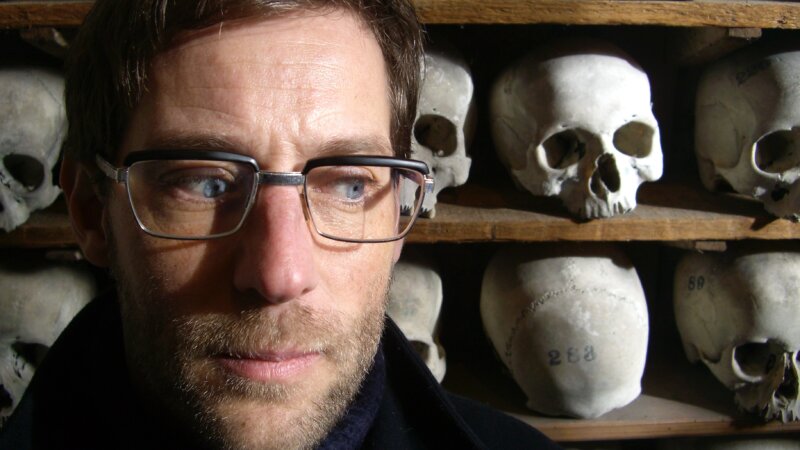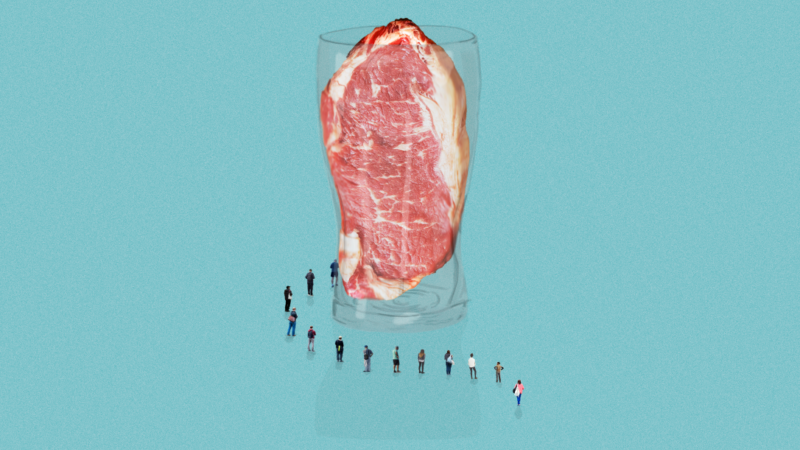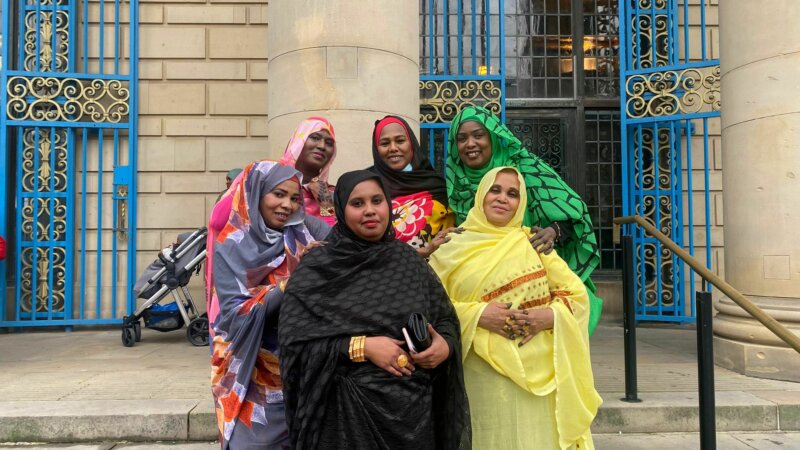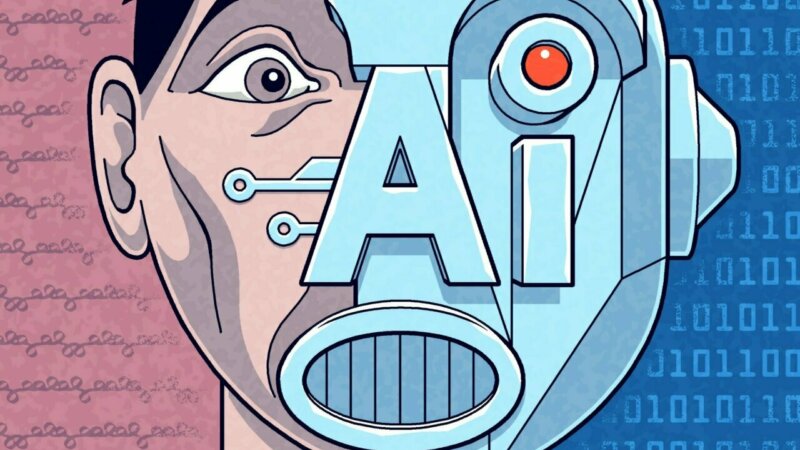The Childish City: What does your child do?
I'm walking home from work through Weston Park. Two toddlers are chasing the ducks. The parents are on high alert, sensing the dangers of the greeny-grey pond, and the adventure of going to the park quickly degenerates into a tense stand-off between adult and child. The ducks find this predictable and hilarious. They're also chuckling at the sign that says, "Ducks only in this area". "Idiot humans," is their obvious response.
I've been reading Mary Poppins - not the musical, but the mighty thick book by PL Travers - to my daughter, and I can tell you that it's really very good. In the story, newborn babies are fluent in a universal language they share with everything around them, except grown-up humans. As they grow, they lose this knowledge and become deaf to what animals, plants, rivers, weather, sun, moon and stars are saying to each other. Mary Poppins is still tuned into that original wavelength. Any parent who's guessed their infant is born with a fully-formed sense of what they want to tell you, but you just can't translate, will grasp the notion that the author is riffing on.
Watching a blackbird or a squirrel working to gather food and maintain their homes, it's obvious they must have sussed out a pretty efficient system a very long time ago. By comparison, the way we construct our cities and move around them is incredibly new, so it's no wonder we do it so inefficiently, hurling huge amounts of energy at every task, and some more at repairing what we did wrong. The latest plans and schemes of humans must look pretty naive to the other creatures around us. When we build a new building or landscape a garden, nature smiles patronisingly at us and then sets to work, inhabiting its nooks and crannies, trowelling on the pigeon shit and pushing dandelions between the cracks. It boils down to this: we fool ourselves that we're forging ahead at the peak of our powers to shape places, but actually we're only just beginning to learn.
You can see this in the way we mark out little stone boxes around street trees, employ hi-viz personnel to stop us playing in the water features in the Peace Gardens, and plaster every surface with safety disclaimers. It's not because people can't behave, but because we design the city through artists’ impressions, emptied of any empathy for how we instinctively use things. Architects have been making this mistake for decades, and they like doing it to the outdoors as well. Don't get me wrong, a bit of urban design is good. My arrival at Sheffield railway station, dishevelled by work on a miserable, wet evening, has been transformed by the play of colour, light and water, and the rhythmic shuffle of pedestrians along a majestic arc. But what does your child do there? It stops and stares at its distorted reflection in the huge, dribbling mirror, puts its hands into the streams. "Come on now, don't get wet," you implore.
What if we offset these super-organised spaces with ones that we shaped ourselves, and allowed kids and nature to help? On side streets that are safe but just that bit too quiet, we could make room for temporary sculptures, drawings, worn-out musical instruments. We could set up mini-gardens in the grass verges. The ever-changing palette of things to look at and play with would make journeys through town much more interesting for children as well as grown-ups.
Try, for example, turning off West Street at the tram stop and walking to the Showroom, past the Frog & Parrot, S1 Artspace, across the Moor, through the market and then down Matilda Street, before turning left towards the Rutland Arms at Persistence Works. How much more interesting could some crowdsourced creativity make it? There would be obstacles of course. There’s the tendency to see it as a source of the unkempt, the antisocial and the unsafe, but that's the kind of low-level risk aversion that has brought us sterile spaces watched by electronic eyes and governed by mistrust. The impermanence and informality would be part of the magic, and if we have to conquer a few grown-up fears, so be it.
If we can let ourselves imagine that the young children we drag around town in slings, backpacks, car seats and pushchairs understand things about the city that we don't, then we can start to listen to what they might tell us.







